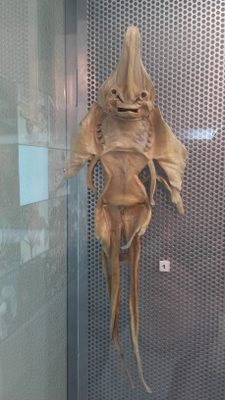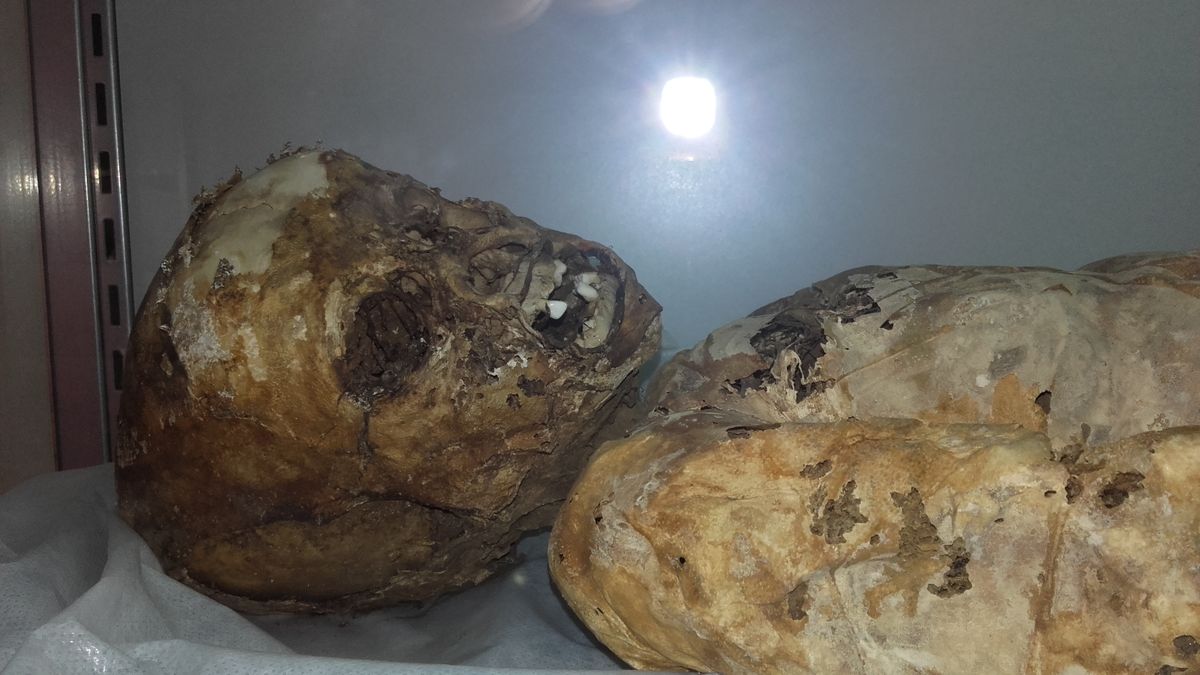About
Lost in a corridor of the immense Faculty of Medicine building at the Complutense University in Madrid, there is a small museum that may be best avoided for those with more delicate sensibilities. Visiting this macabre museum can be, in a way, a somewhat horrifying experience to nonprofessionals.
Among the 1,500-odd pieces on display are deformed skulls of ancient cultures, severed heads from executions, dissected fetuses, uncorrupted children's skeletons, diseased bones, and torture devices like the real garrote vil that killed the famous Madrid serial killer, "Jarabo."
There are many other macabre and grisly objects, like weapons made by inmates, pre-Columbian Andean and Egyptian mummies, fetishes, amulets, antique pharmaceuticals, a toxicology display of poisonous plants and animals, and a collection of some 800 skulls.
But the intention of the museum is not attract the morbid attention of people. Rather, it's to offer to students, and anyone interested in the subject matter, real and direct contact with the tools and history of forensic medicine and criminal studies.
The museum is named for university professor Reverte Coma, who started the first forensic and paleopathology laboratory in Spain, founded in 1980. He was trained in the United States by FBI specialists, and the knowledge he acquired has helped solve many difficult murder cases in Spain.
Related Tags
Know Before You Go
The museum is located in the Medicine Faculty large building. You are required to arrange a visit (Monday through Wednesday) by emailing museoafp@med.ucm.es. or phoning ahead.
Note that the university only permits visits for university teaching, professional training and research groups. They do not offer tours to individuals or groups apart from those purposes.
Community Contributors
Added By
Published
February 2, 2018














































